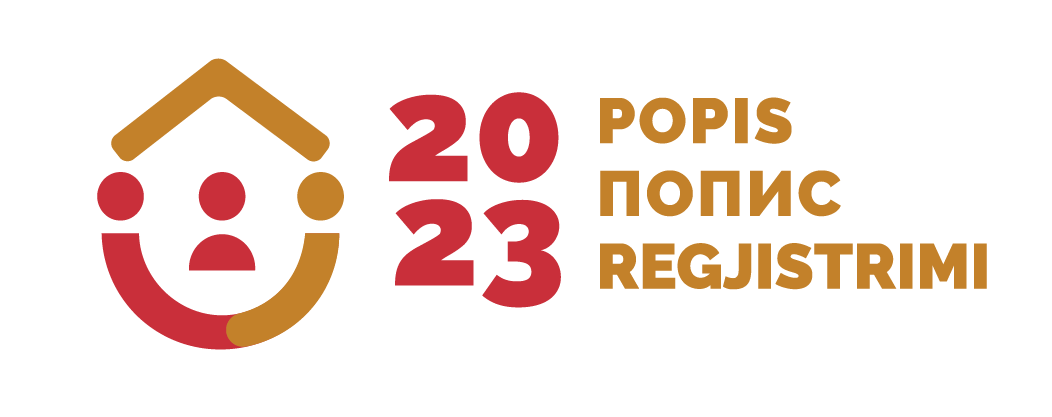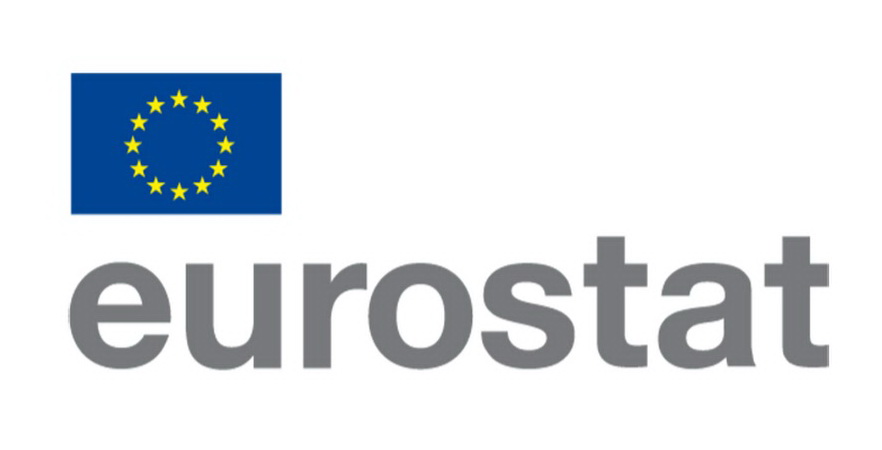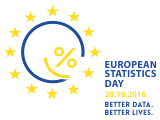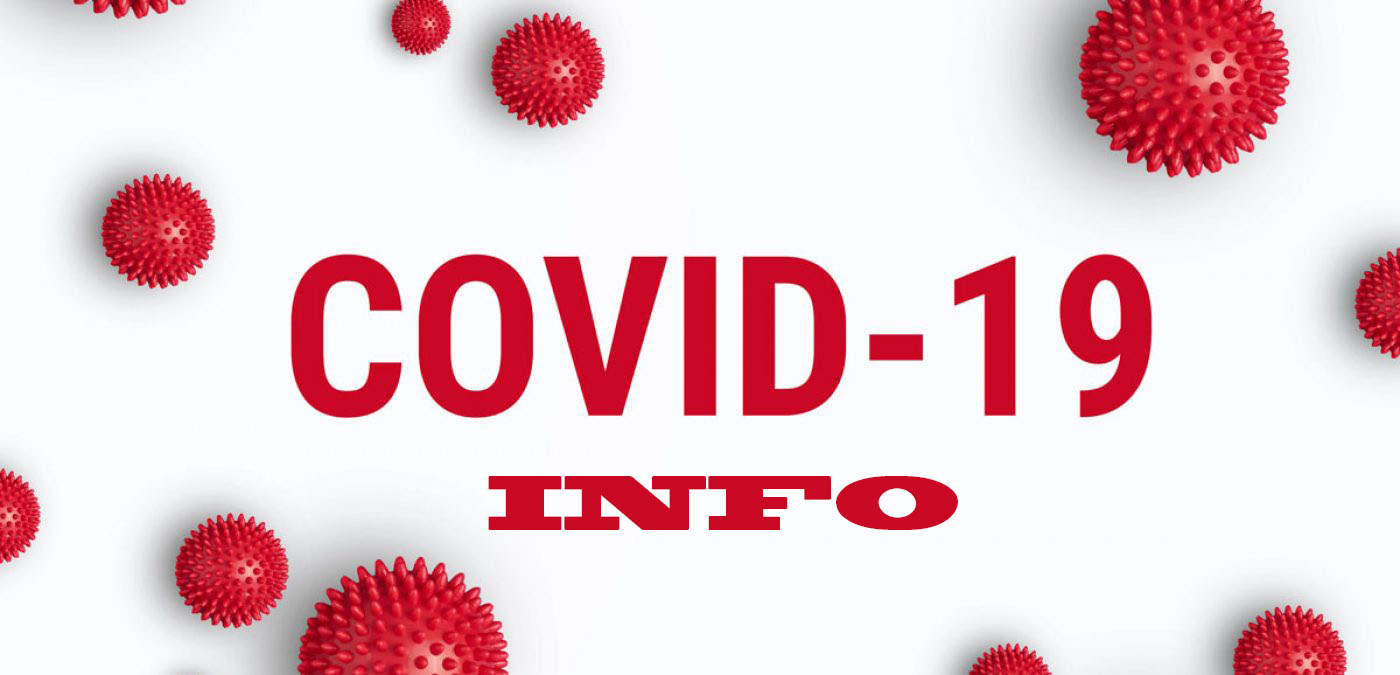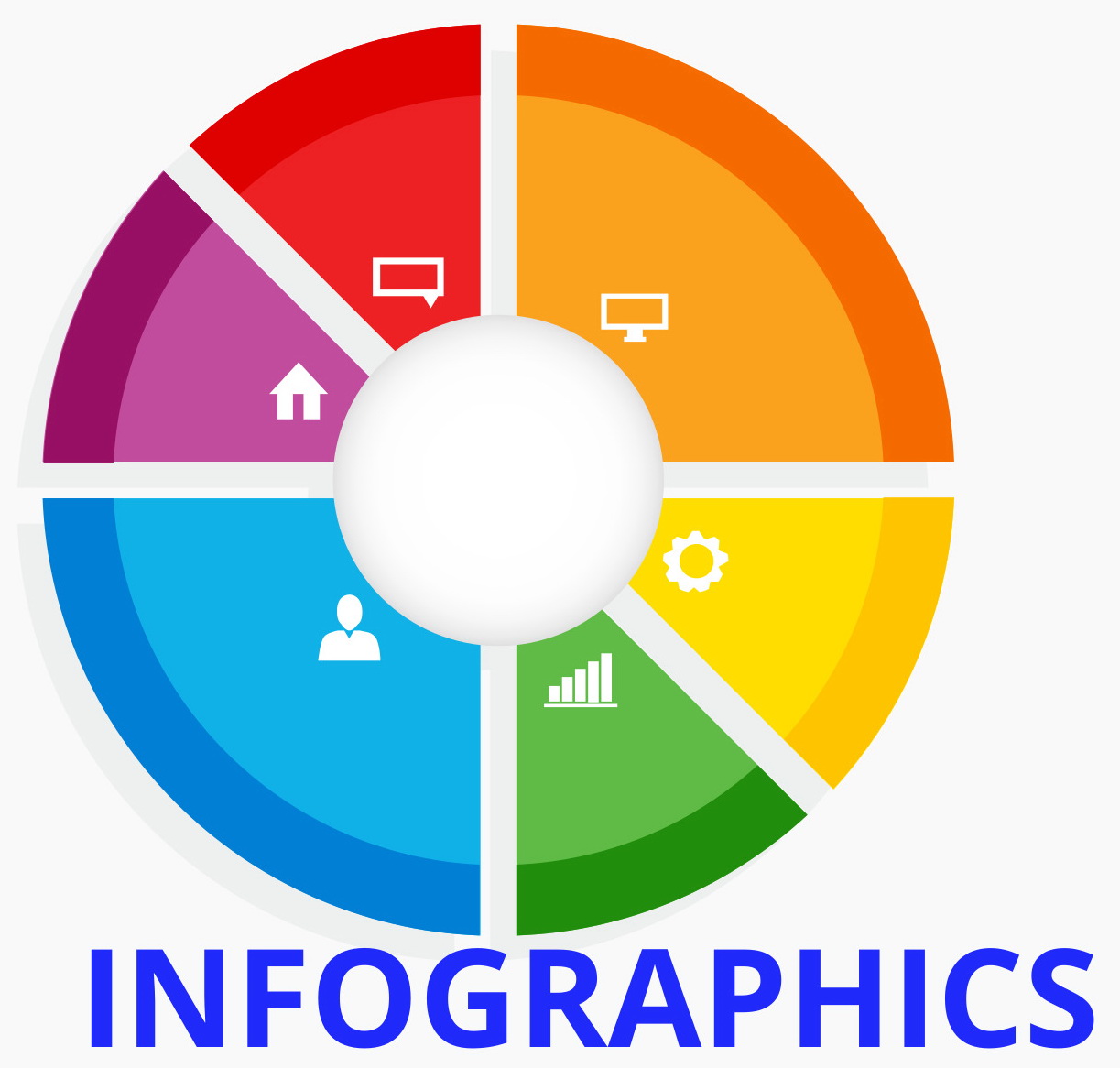| Category: |
Multi - domain statistics |
| Area: |
Environment |
| Survey / data collection: |
Annual survey on water exploatation and protection against pollution from industry and mining |
Note: For any question on metadata, please contact MONSTAT metadata support.
| 1. Contact Vrh |
| 1.1. Contact organization: |
Statistical Office of Montenegro - MONSTAT |
| 1.2. Contact organization unit: |
Environmental Statistics and Forestry Department |
| 1.2. Contact organization unit: |
IV Proleterske 2, 81000 Podgorica, Montenegro |
| 2. Metadata update Top |
| 2.1. Metadata last certified: | |
| 2.2. Metadata last posted: | 29 December 2023 |
| 2.3. Metadata last update: | 01 October 2020 |
| 3. Statistical presentation Top |
| 3.1. Data description: | The purpose of the Survey on use and protection of water against pollution in industry is to provide data on the quantities of abstracted, used and wastewater in the industry. |
| 3.2. Classification system: | NACE Rev 2 . |
| 3.3. Sector coverage: | Sectors: B Mining and quarrying; C Manufacturing; D Electricity, gas, steam and air-conditioning supply. |
3.4. Statistical concepts and
definitions: | The watercourse is basic hydrographic unit which is characterized by its own source, riverbed, main stream and by firth (streams, rivers, etc.).
The catchment area is a natural hydrogeographic unit made up of a watercourse, (lake or sea) by which it is determined, together with the tributaries that flow into it.
Underground water is the water resource in underground formations.
Surface water is all water running or stagnant at the surface of Earth. It includes springs, rivers, lakes, reservoirs, etc., as well as artificially made channels for the purposes of irrigation, waterways, and similar.
Drinking water must meet the appropriate quality standards.
Technical waters require (as a rule) a lower degree of processing than drinking water (cooling water at TE etc.).
The used waters are all quantities of water supplied by reporting units in the reporting year, and which were used in production activity.
Waste water is water treated as the waste after being used, and transported to purification plants, or drained out (underground water, surface waters). Waste water quantities do not include atmospheric or running waters (used for hydroelectric power stations).
Purified waste water is the quantity of waste water purified during the reporting year. |
| 3.5. Statistical unit: | Reporting units of this survey are business entities registered in the sectors: Mining, Manufacturing, and Electricity, gas and steam supply, as well as local units from other sectors that perform industrial activity with 10 or more employees. |
| 3.6. Statistical population: | Reporting units are all business entities which have 10 and more employees and which are classified in the sectors: Mining and quarrying, Manufacturing, Electricity, gas, steam and air-conditioning supply according to the Classification of Activities 2010. |
| 3.7. Reference area: | Montenegro. |
| 3.8. Time coverage: | Data are available from the 2006. |
| 3.9. Base period: | Not relevant. |
| 6. Institutional mandate Top |
6.1. Legal acts and other
agreements: | The Law on Official Statistics and Official Statistical System (Official Gazette of Montenegro No 18/12 and 47/19) defines provisions for collection, processing, and dissemination of data.
The Law provides to the Statistical Office legal powers to collect and access the data necessary for the implementation of Programme and Annual Plan.
The Law gives a priority to the use of administrative data and right of access to individual data that are a result of survey of other official statistical producers.
As an annex to legal provisions, Statistical Office has signed several memoranda on cooperation with administrative data providers. |
| 6.2. Data sharing: | Signed agreement on cooperation with the official statistical producers:
1. Customs Administration;
2. Tax Administration;
3. Ministry of Finance;
4. Central Bank of Montenegro;
5. Trilateral agreement (MONSTAT, Ministry of Finance, and Central Bank of Montenegro).
International institutions:
1. EUROSTAT;
2. UN organizations;
3. IMF;
4. World Bank. |
| 7. Confidentiality Top |
| 7.1. Confidentiality - policy: | Articles 53-60 of the Law on Official Statistics and Official Statistical System (Official Gazette of Montenegro No 18/12 and 47/19) provide a framework for protection, use, and transmission of confidential data. Statistical office has produced two comprehensive rulebooks that cover the procedures for individual data protection as well as keeping individual records. With purpose of the meeting legal framework on functioning of security system and statistical confidentiality there was adopted the Rulebook on Keeping Statistical Data by which Manner, Time, Technical Conditions and Organization of Statistical Data Storage to Prevent Their Destroying, Misappropriation, and Unauthorized Use is Regulated as well as the Rulebook on Contents and Manner of Keeping Records on Users of Individual Statistical Data by which contents and manner of keeping records on users of individual statistical data is regular.
Pursuant to the Article 59, an access to the confidential data is limited to persons performing duties and tasks of official statistical producer and up to the stage the data are necessary for official statistical production. Persons that performs duties and tasks within official statistical producers must sign the statement on respecting the principle of confidentiality.
Law on Official Statistics and Official Statistical System is aligned with the Regulation No 223/2009 and the Regulation (EU) 2015/759 from 29 April 2015 that also regulate confidentiality provisions.
The Government of Montenegro adopted the Statement on Commitment of Confidence in Official Statistics (Commitment of Confidence). |
7.2. Confidentiality - data
treatment: | According to Article 56 of the Law on Official Statistics and Official Statistical System, individual data on natural or legal persons shall be confidential and represent official secret. According to Article 57, confidential data will used only for statistical purposes and will be expressed in aggregate form. |
| 8. Release policy Top |
| 8.1. Release calendar: | The Law on Official Statistics and Official Statistical System ("Official Gazette of Montenegro" No 18/12) stipulates that official statistical producers prepare, update, and publish Statistical Release Calendar. It is published on the website of Statistical Office not later than 20 December for the next year, for all official statistical producers that includes date of releasing statistical data. Any change in date of releasing in the Calendar is published in advance in accordance with the Procedure on Unplanned Revisions. |
| 8.2. Release calendar - access: | https://www.monstat.org/uploads/files/Kalendar%20objavljivanja%20za%202023%20-%20%20ENG.pdf |
| 8.3. User access: | General aim of official statistical producer is to meet the needs of users, and to make an access to statistical data to users in an understandable manner, simultaneously and under the same conditions. Statistical Office is obliged to produce and disseminate official statistics in objective, transparent and professional manner, so that all users are equally treated. |
| 10. Accessibility and clarity Top |
| 10.1. News release: | Data obtained trhrough Survey on use and protection of water against pollution in industry are published in the form of release on the Statistical Office website:
https://www.monstat.org/eng/page.php?id=1038&pageid=64. |
| 10.2. Publications: | Statistical Office publishes the following regular publications:
1. Statistical Yearbook;
2. Montenegro in Numbers;
All publication published by Statistical Office are available at the following link:
http://monstat.org/eng/publikacije.php. |
| 10.3. Online database: | On line data base for the Survey on use and protection of water against pollution in industry is available on the following link: http://monstat.org/eng/pxweb.php. |
| 10.4. Micro-data access: | The Law on Official Statistics and Official Statistical System ("Official Gazette of Montenegro" No 18/12) regulates rules under which external users can obtain an access to individual data for needs of research. Article 58 defines types of scientific and research organizations that can obtain such data. Providing individual data without identifier is possible only upon a written request of scientific and research institutions, with purpose of performing scientific and research activities as well as international statistical organizations and statistical producers from other countries. Research entity signs the agreement with Statistical Office, and it signs the statement on respecting the confidentiality principle. Official statistical producers keeps a separate records on users and purpose of using the statistical data given to these users. |
| 10.5. Other: | Data obtained by Survey F are also published on the website of Statistical Office of Montenegro in the form of an excel table in the part ?Data?: http://www.monstat.org/eng/page.php?id=1008&pageid=64. |
10.6. Documentation on methodology:
domain: | Not available. |
| 10.7. Quality documentation: | The Law on Official Statistics and the Official Statistical System ("Official Gazette of Montenegro" No. 18/12 and 47/19) defines the commitment to quality, which ensures that producers of official statistics in Montenegro work and cooperate in accordance with international principles of quality of the statistical system.
In accordance with the ESS Quality Declaration, Article 338 of the Treaty on the Functioning of the EU, Regulations 759/2015 and 223/2009 and the European Statistics Code of Practice, the following documents are adopted:
1. Quality Strategy of the Statistical Office
2. Guide for the implementation of the Quality Strategy in the Statistical Office;
3. Implementation plan |
| 11. Quality management Top |
| 11.1. Quality assurance: | Statistical Office has chosen the implementation of elements of TQM (Total Quality Management) model that foster development and improvement of functioning of:
- institution;
- official statistical result production;
- individual.
Within middle-term deadline, Statistical Office has chosen the TQM implementation through the following objectives:
- strong commitment to users and other interested parties;
- quality statistical processes and products;
- professional orientation of staff members;
- constant improvements;
- reduction of overburden of reporting units. |
| 11.2. Quality assesment: | Quality for Survey on use and protection of water against pollution in industry is monitored at all stages of data production (collecting, entering, and processing). Data obtained through this survey are checked with data from previous years. |
| 12. Relevance Top |
| 12.1. User needs: | International users:
1. Eurostat;
2. World Bank;
3. UN organizations;
4. International Monetary Fund.
National users:
1. Ministries and other public administration bodies;
2. Local government and other local government bodies;
3. Central bank;
4. non-governmental organizations;
5. students;
6. researchers;
7. media. |
| 12.2. User satisfaction: | The Statistical Office has adopted the Quality Management Strategy, the Guidebook to the Implementation of the Quality Management Strategy, as well as the Plan for the Implementation of the Quality Policy.
In order to measure the degree to which fulfills obligations towards users and within the new quality policy, the Statistical Office conducted User satisfaction survey.
The results of the survey are available on the Statistical Office website, link: https://www.monstat.org/uploads/files/kvalitet/2.%20Izvjestaj%20o%20zadovoljstvu%20korisnika%20-%202022_FINAL%20engleska.pdf |
| 12.3. Completeness: | Not available. |
| 13. Accuracy and reliability Top |
| 13.1. Overall accuracy: | Survey on use and protection of water against pollution in industry includes business entities classified in sectors Mining and quarrying, Manufacturing, Electricity, gas, steam and air-conditioning supply according to the Classification of Activities 2010, which have 10 and more employees and the data are obtained by the reporting method, so they are subject to the usual types of errors - mistakes in processing and non-response. In order to prevent the occurrence of errors, appropriate actions are taken to identify and eliminate potential sources of error. |
| 13.2. Sampling error: | Sampling error can not be calculated because the survey was not conducted on the basis of a random sample. |
| 13.3. Non-sampling error: | Non-sampling errors are associated with other errors that aren't connected with sample. Non-sampling errors include: coverage error, error of measurement, response error and processing error. |
| 14. Timeliness and punctuality Top |
| 14.1. Timeliness: | According to the Annual Plan of Official Statistics and Statistical Release Calendar, data for the Survey on use and protection of water against pollution in industry are collected each year for the previous year, and they are published at the end of each year in the Statistical Yearbook. |
| 14.2. Punctuality: | Not available. |
15.3. Coherence - cross
domain: | Not available. |
| 15.4. Coherence - internal: | Data obtained through Survey on use and protection of water against pollution in industry are internaly coherent. |
| 17. Data revision Top |
| 17.1. Data revision - policy: | Statistical Office has adopted the revision policy and it is available on the website:
http://www.monstat.org/eng/page.php?id=1411&pageid=3. |
| 17.2. Data revision - practice: | Not available. |
| 18. Statistical processing Top |
| 18.1. Source data: | Data are collected from business entities classified in sectors Mining and quarrying, Manufacturing, Electricity, gas, steam and air-conditioning supply according to the Classification of Activities 2010, which have 10 and more employees. |
18.2. Frequency of data
collection: | Data are collected annualy. |
| 18.3. Data collection: | Reporting method is used for data collection. |
| 18.6. Adjustment: | Not relevant. |
